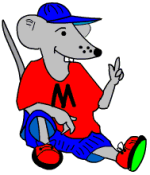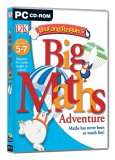Ever wonder if the school your children go to gets as much financial and help as it should? A very influential group who call themselves The New Vision Group have suggested that extra funding should go to schools that make a big effort to support those pupils who find themselves falling behind at the age of 11. Financial incentives would be given to schools that are “inclusive”, schools which show good progress with vulnerable and special needs children. Continue reading “News: A new vision for schools”
News: A new vision for schools
special needs help
 By year 3 children are expected to have progressed to working with numbers in the teens and be able to answer by working out in their heads a single digit from a teen. Very often subtraction can be done by adding on from the smaller number to the larger number and this is the case with a question such as 14 – 8.
By year 3 children are expected to have progressed to working with numbers in the teens and be able to answer by working out in their heads a single digit from a teen. Very often subtraction can be done by adding on from the smaller number to the larger number and this is the case with a question such as 14 – 8. 


 Plenty of shape names to learn. By year 6 children should be able to use, read and write the following words:
Plenty of shape names to learn. By year 6 children should be able to use, read and write the following words: